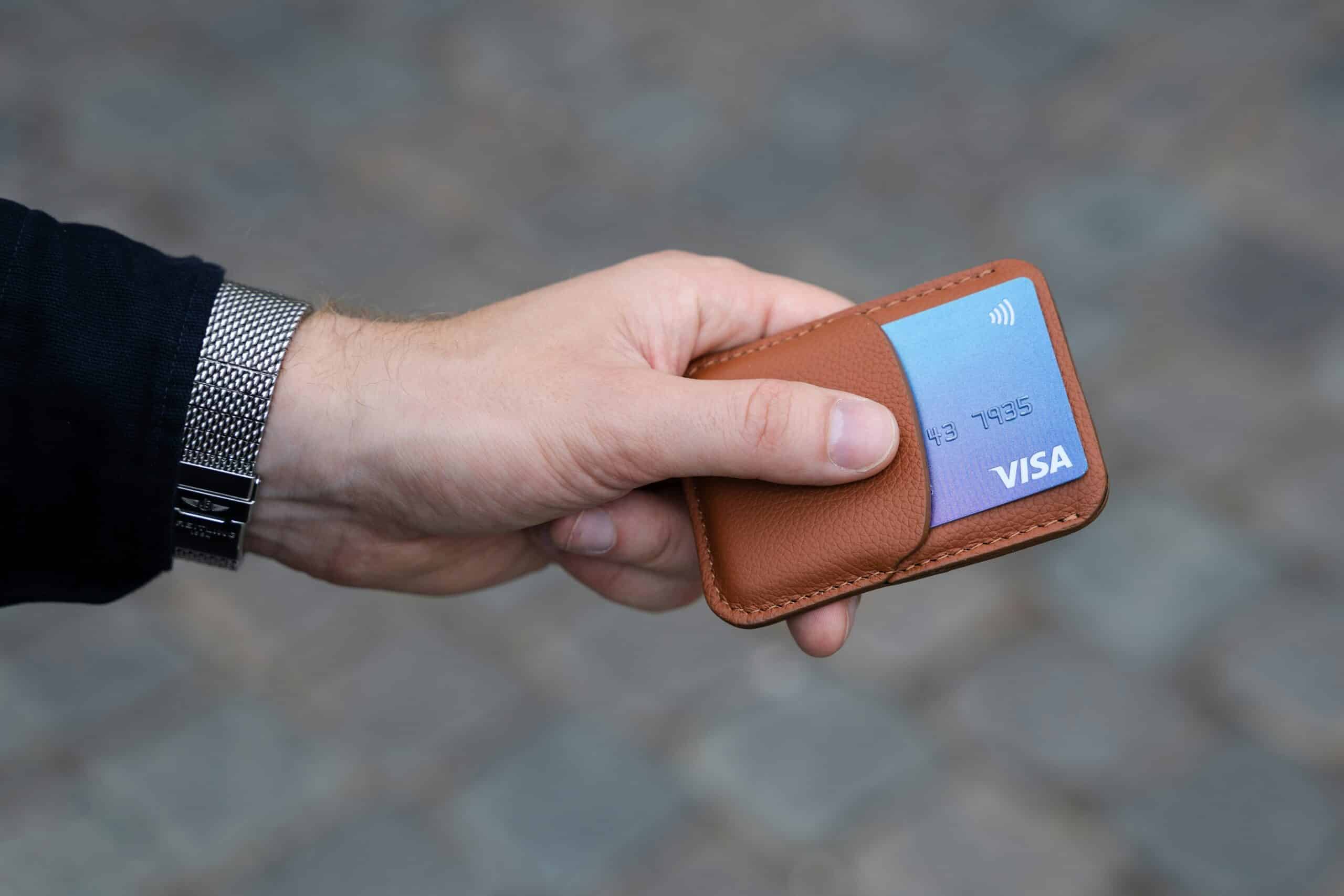Anúncios
Looking to transform your finances but worried about your credit background? Credit cards for poor credit can help you take positive steps toward a healthier financial life. With the right card and some smart habits, you can steadily improve your credit profile, unlock better interest rates, and enjoy more financial freedom down the road.
Identify your starting point
Before you begin exploring card options, it helps to get a clear sense of where you stand. You can request free copies of your credit reports from the three major bureaus—Experian, Equifax, and TransUnion—to understand your current score. A score below 670 often classifies as bad or poor credit (Experian).
- Note any late payments or outstanding debts.
- Look for any errors on your credit report that you can dispute.
- Set a goal for what you want your credit score to be in a year.
Armed with this information, you’ll know what specific areas need work so you can pick the right card tailored to your situation.
Compare secured and unsecured options
Not all credit cards for poor credit are the same. The two primary types of cards are secured and unsecured. A secured card requires you to put down a refundable security deposit (often at least $200), which sets your credit limit. This deposit protects the issuer, and if you maintain on-time payments, you’ll likely see your credit score improve. Unsecured cards, on the other hand, do not need any deposit. However, you might see higher fees or stricter application requirements.
Secured vs. unsecured quick comparison
| Card Type | Deposit Required | Typical Fees | Who It’s For |
|---|---|---|---|
| Secured | Yes, at least $200 | Often lower or zero | Building/rebuilding credit, willing to place collateral |
| Unsecured | No | Potentially higher fees | Rebuilding credit but wary of tying up cash |
If you prefer to skip the deposit, you can explore unsecured credit cards for bad credit. Just make sure to check fee structures thoroughly before applying.
Pay attention to fees
While it’s tempting to just grab any card to start rebuilding your credit, fees can eat away at your finances if you’re not careful. Some cards charge an annual fee, a monthly fee, or even an account-opening fee just to activate your credit line (CNBC).
- Look for minimal or no annual fees.
- Watch out for monthly “maintenance” fees.
- Check if there’s a one-time program or account-opening fee.
If a card’s fees seem excessive, you may want to check other options—such as credit cards for bad credit—that offer more reasonable terms.
Consider interest rates
The interest rate (also known as APR) can greatly impact how much you pay if you carry a balance. People with poor credit often face higher rates, hovering around 27.93% on average (LendingTree).
- Secure a lower interest rate by improving your credit score over time.
- For any interest-based debt, always try to pay more than the minimum to avoid hefty charges.
- Some cards, like credit union options, sometimes come with lower rates if you qualify.
Paying your balance in full each month is the best way to avoid interest altogether (NerdWallet).
Focus on building credit responsibly
Using a credit card effectively is one of the fastest ways to strengthen your credit score, especially when you make on-time payments. Payment history makes up 35% of your FICO credit score (NerdWallet). Here’s how to get the most out of your credit card usage:
Make timely payments
You’ll want to avoid any late or missed payments. Setting up automatic payments for at least the minimum amount can keep you in good standing and help you avoid penalty fees.
Keep balances low
A good rule of thumb is to keep your credit utilization ratio below 30%. If your credit limit is $300, aim to keep your balance under $90. This demonstrates responsible usage to potential lenders.
Consider upgrading later
Some credit cards for poor credit come with “upgrade” paths once you’ve shown consistent, on-time payments. Secured cards may transition to unsecured cards, allowing you to get your deposit back without closing that account. Keeping the same account open helps increase the length of your credit history, which factors into your credit score.
Explore a few highlighted cards
Picking the right card can feel overwhelming, so let’s take a quick look at a few popular options:
- Credit One Bank® Platinum Visa® for Rebuilding Credit
- Unsecured.
- 1% cashback on gas, groceries, internet, and more.
- Annual fee of $75 first year, $99 thereafter (Credit Karma).
- Regular reviews for credit line increases.
- Petal® 2 “Cash Back, No Fees” Visa® Credit Card
- Unsecured.
- No annual fee, no late-payment or returned-payment fees.
- 1% cash back that can rise to 1.5% after 12 on-time payments (CNBC).
- Capital One Platinum Credit Card
- Unsecured.
- No annual fee and no foreign transaction fees.
- Potential credit limit increase in as little as six months (Credit Karma).
If your credit score improves, you might eventually qualify for credit cards for fair credit that offer better rewards or lower interest rates.
Final tips to keep moving forward
Improving your credit is a marathon, not a sprint. First, get a handle on your credit report so you know exactly where you stand. Then choose a card—secured or unsecured—that suits your current budget and needs. Most importantly, focus on paying your balances on time and keeping your debt level manageable. Over time, you’ll see your credit score climb, which opens up more financial possibilities, like lower APRs, higher credit limits, and better card benefits.
Credit cards for poor credit aren’t just a temporary fix. They’re your stepping stone toward a brighter financial future. Commit to responsible spending, track your improvements monthly, and celebrate each small victory along the way. After all, every on-time payment is a vote of confidence in your financial potential. Good luck!








